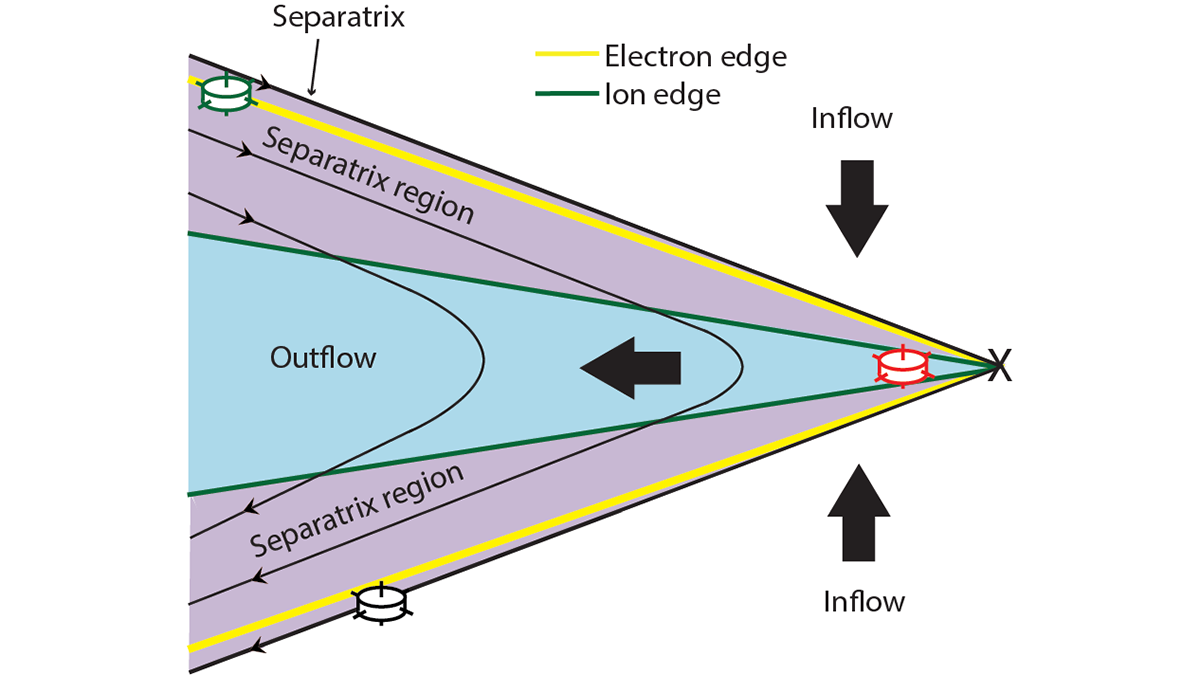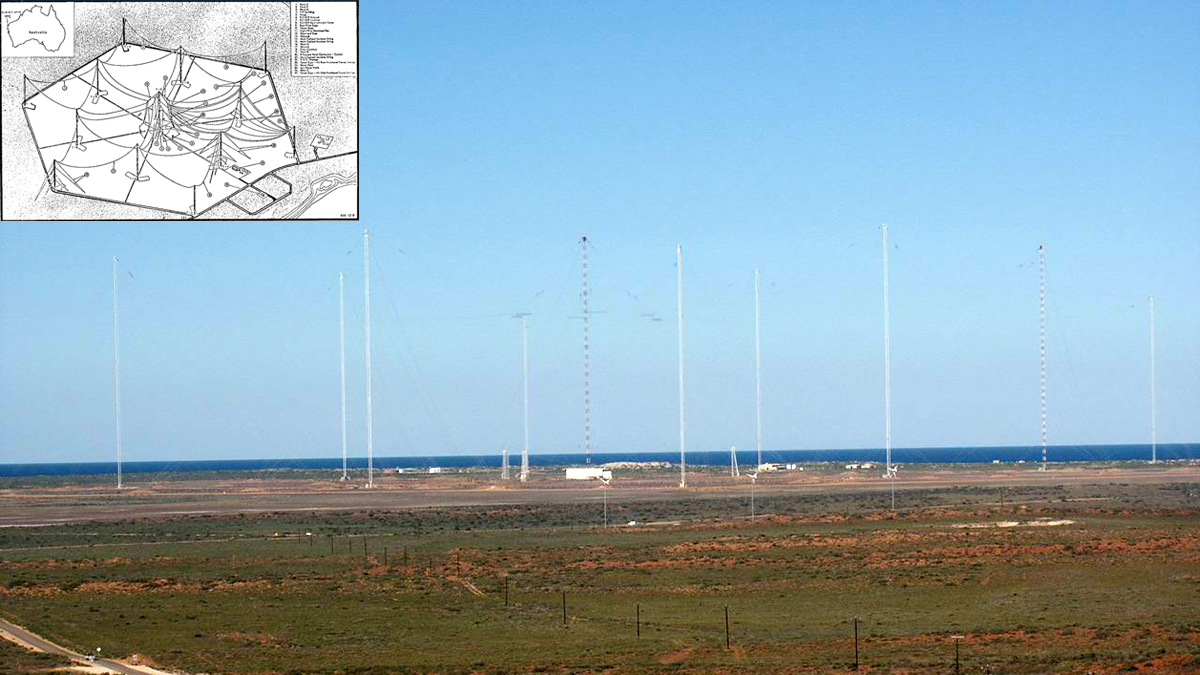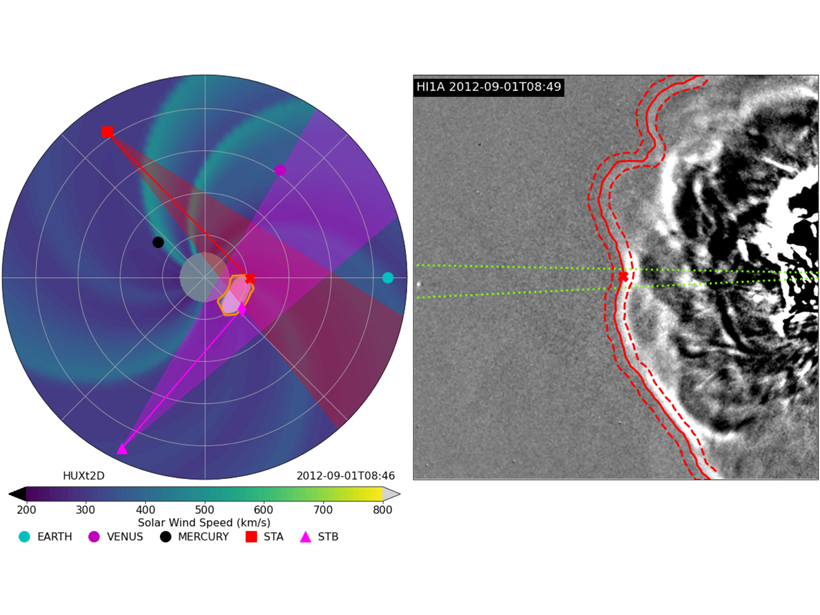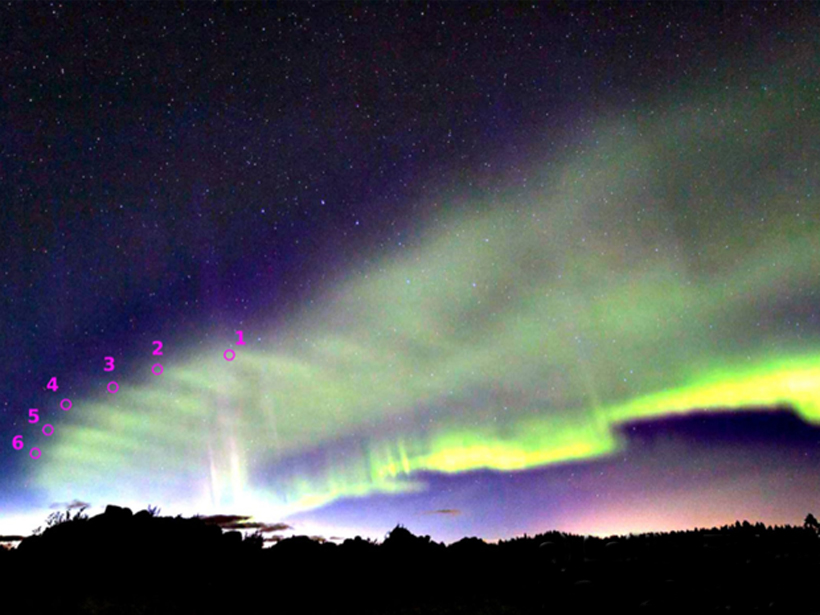A survey of high-speed electron flow observed by NASA satellites in the Earth’s magnetotail is presented and related to the process of magnetic field line reconnection and particle acceleration.
Mary Hudson
Editor, AGU Advances
Wave-Modulated Electron Loss Affects GPS Location Determination
Earth’s magnetosphere controls ionospheric total electron content modulation via plasma wave-induced electron loss impacting GPS spatial location determination.
Ground-based Transmitters Cause Radiation Belt Electron Loss
A U.S. Navy transmitter in Australia produces wisps of electron loss as observed by the Colorado Inner Radiation Belt Experiment (CIRBE) CubeSat in Low Earth Orbit.
Dune Aurora Explained by Satellite-Ground Studies
Spacecraft observations support the mechanism for explaining auroral dunes observed from the ground by citizen scientists.
Dawn Storms at Jupiter
Juno spacecraft observations provide the first global description of dawn storms in Jupiter’s aurorae, from their initiation to their end.
Citizen Scientists Observe Mysterious Green Streaks Below STEVE
Citizen scientists provided images of sub-auroral STEVE (Strong Thermal Emission Velocity Enhancements) showing fine-scale green features with narrow streaks propagating poleward toward STEVE.
Ensemble Modeling of Coronal Mass Ejection Arrival at 1 AU
Heliospheric imaging data can be used in ensemble modeling of CME arrival time at Earth to improve space weather forecasts, treating the solar wind as a 1-D incompressible hydrodynamic flow.
Skywatchers Spy Rippling Waves in the Northern Lights
Not to be outdone by the discovery of STEVE sub-auroral emissions last year, citizen scientists across Scandinavia reveal dune-shaped optical features, a new atmospheric phenomenon.
AGU Advances Goes Online
Featuring high-impact papers and a streamlined process, AGU’s new journal is ready to launch.









